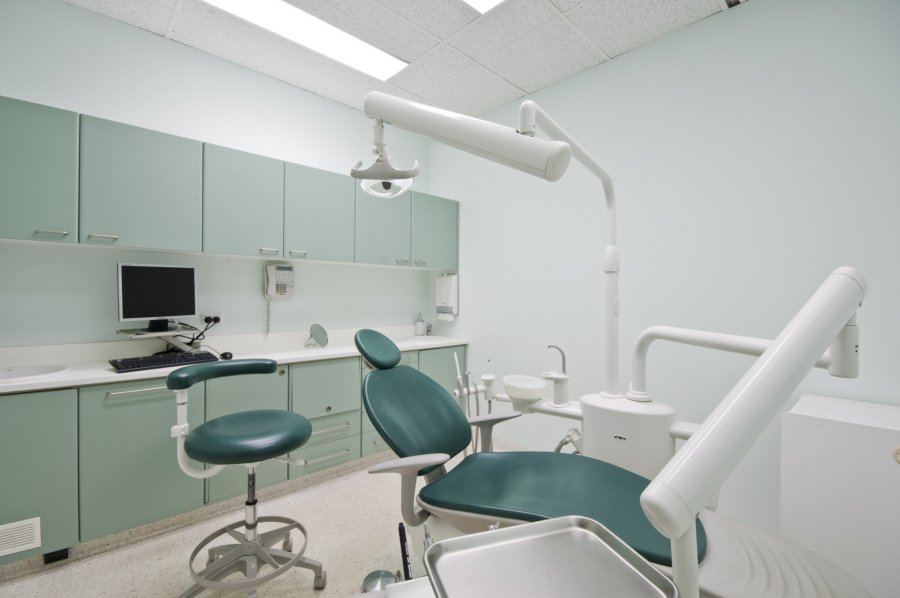Why Hidden Braces Are Becoming a Popular Choice

In recent years, there has been a noticeable shift in the preferences of orthodontic patients. While traditional metal braces still hold their ground, many individuals are now gravitating toward more discreet options—namely, hidden braces. These innovative orthodontic solutions, particularly lingual braces, are capturing the interest of both adults and teenagers who seek effective treatment without the aesthetic concerns associated with conventional braces.
But what exactly are hidden braces, and what makes them increasingly popular? To understand, it’s crucial to explore their benefits, the technology behind them, and the demographics that are drawn to this treatment option.
What Are Hidden Braces?
Hidden braces, often synonymous with lingual braces, are orthodontic devices affixed to the back of the teeth rather than the front. This placement renders them virtually invisible to anyone looking at a person’s smile. Unlike clear aligners, which must be removed for eating and oral hygiene, lingual braces provide a continuous treatment approach.
They utilise the same components as traditional braces—wires and brackets—but with the added stealth of being hidden from view. This innovation allows individuals to benefit from effective teeth alignment without compromising their aesthetic preferences.
Why People Are Choosing Hidden Braces
Aesthetic Appeal
One of the most compelling reasons for the rise in popularity of hidden braces is their aesthetic advantage. In today’s image-conscious society, many people are understandably self-conscious about wearing visible orthodontic appliances. Lingual braces offer a solution that enables patients to maintain their confidence while undergoing treatment. This is particularly appealing for adults in professional environments who may feel that traditional braces could negatively impact their image.
Customisation
Hidden braces can be customised to fit the unique contours of each individual’s teeth. This personalised approach means that treatment can be both effective and comfortable. Unlike standard brackets, which may not suit every tooth structure perfectly, lingual braces can be tailored specifically for the patient’s dental anatomy, leading to improved outcomes and reduced treatment times.
Advanced Technology
The advancements in orthodontic technology have played a significant role in the growing acceptance of hidden braces. Improved materials and state-of-the-art computer-aided design (CAD) systems allow for more precise treatment planning and execution. Additionally, the introduction of 3D imaging enhances the orthodontist’s ability to map out a patient’s dental alignment journey.
If you’re intrigued about these innovations, you can learn about the advantages of hidden braces and how they can transform your smile by reading further on Boston Orthodontics.
Addressing Common Concerns
While the benefits are compelling, there are common concerns regarding hidden braces that potential patients may have.
Initial Discomfort
Many first-time users report some discomfort as their mouths adjust to the new brackets. The positioning on the tongue side can initially feel strange and may lead to irritation. However, most patients find that these symptoms diminish as they become accustomed to wearing the braces. Orthodontists often provide tips on managing initial discomfort, such as using orthodontic wax to cover any irritating brackets.
Maintenance and Hygiene
Another concern is the maintenance that hidden braces require. Cleaning behind the teeth can be less intuitive than in traditional braces, but with the right guidance, patients can maintain effective oral hygiene. Orthodontists often recommend specific tools, such as interdental brushes, to help patients care for their hidden braces adequately.
Length of Treatment
Some people wonder whether the treatments with hidden braces take longer than visible options. Historically, this was sometimes the case; however, with advancements in technology and improved methods, the treatment timelines have become more comparable.
Who is Opting for Hidden Braces?
The demographics of those who choose hidden braces vary widely. Traditionally, they were most popular among adults; however, increased awareness and acceptance have led to a greater number of teenagers also exploring this option.
In particular, those who are involved in performing arts, public speaking, or professions where appearance plays a significant role may feel more inclined to opt for hidden braces. The ability to correct their smile while maintaining a polished look is a major selling point.
Conclusion
Hidden braces are redefining what it means to undergo orthodontic treatment by marrying functionality with aesthetics. As technology continues to evolve, more individuals will likely find that these options meet their needs, combining the effectiveness of traditional braces with the discretion they desire.
If you’re considering braces but have reservations about aesthetics, hidden braces may be an ideal solution. Understanding the advantages, addressing concerns, and recognising your candidacy for such treatment can lead to a more confident smile without the worry of visible orthodontics.
As the conversation around dental aesthetics continues to grow, hidden braces represent a fascinating intersection of innovation, customisation, and personal confidence. For anyone seeking a smile transformation, hidden braces offer a compelling choice worth exploring.





